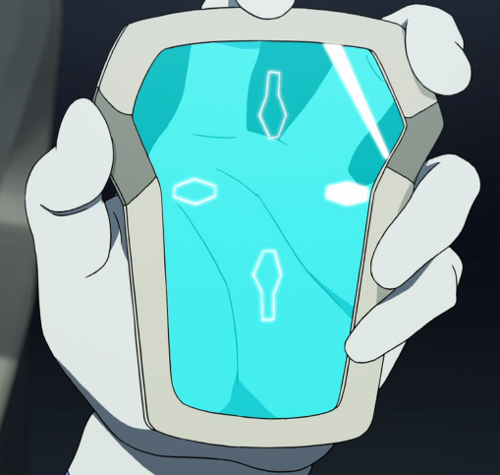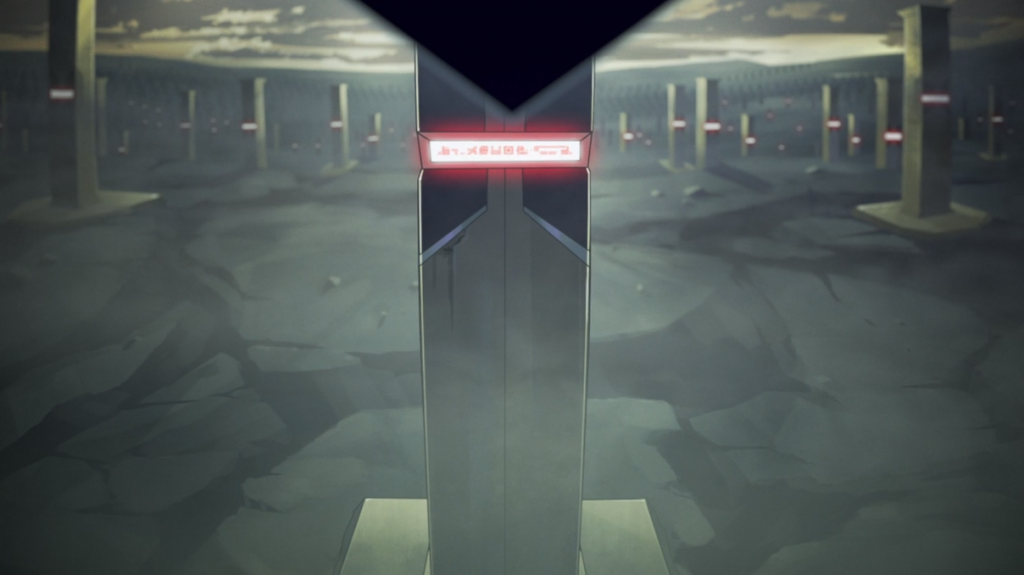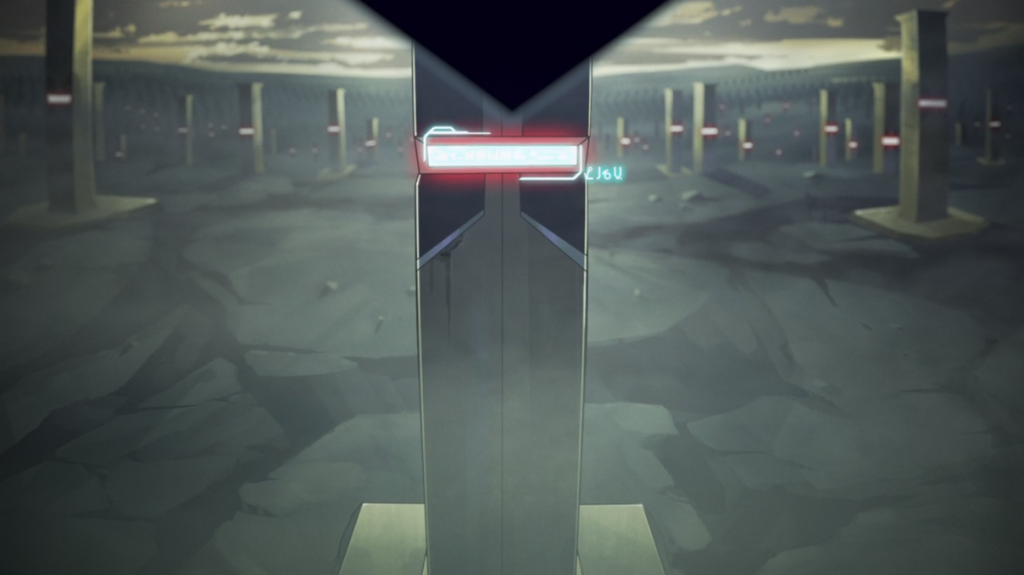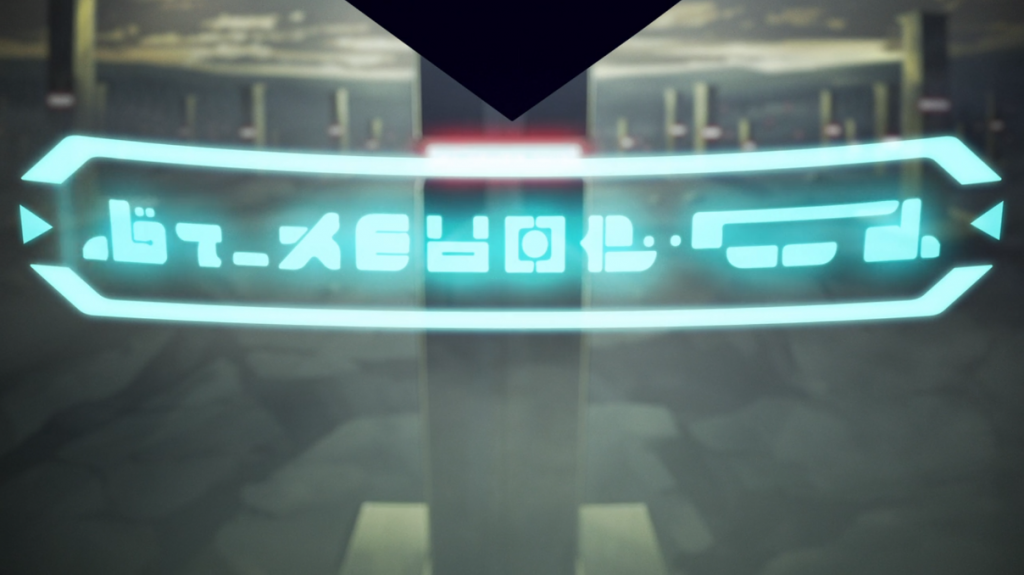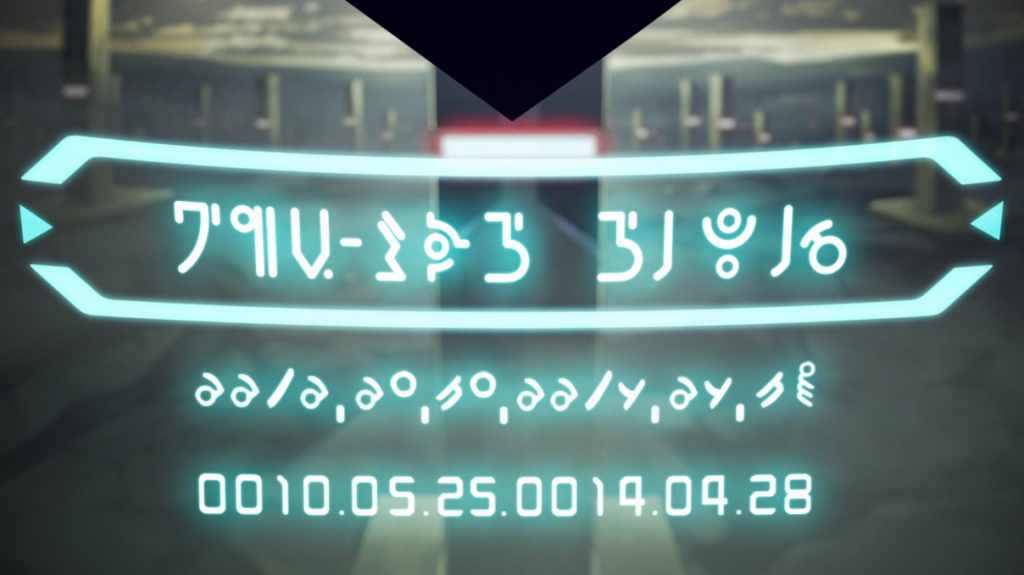Every Voltron television program has been surprisingly vague about the years during which its story takes place. No aired episode of Voltron: Defender of the Universe provided even a specific century — although in the unaired original pilot episode and in some marketing materials, it’s stated that “it’s the 25th century.” Neither Voltron: The Third Dimension nor Voltron Force provided a specific century in any aired episode.
Voltron Legendary Defender also provides no specific date information — at least during its first three seasons. In the first episode, “The Rise of Voltron,” Pidge states that humans have traveled as far as but no further than the edge of Earth’s solar system — to Kerberos, moon of the dwarf planet Pluto. Pidge also states that a manned space flight from Earth to the solar system’s edge takes months.
NASA’s Journey to Mars Overview page (Link: https://www.nasa.gov/content/journey-to-mars-overview) suggests a possible means for sending humans to Mars in the 2030s. NASA’s How long would a trip to Mars take? page (Link: https://image.gsfc.nasa.gov/poetry/venus/q2811.html) suggests that a conventional space flight from Earth to Mars would take 260 days. Even these optimistic estimates for a trip to Mars suggest that a manned space flight from Earth to Kerberos in “months” would be centuries in our future.
Besides the vague information that we can derive from the Kerberos information in “The Rise of Voltron,” we see and hear very little about when the program’s narrative might take place — until the fourth season episode “Reunion.” In this episode, Pidge finally locates her brother Matt Holt, who had been captured by the Galra during Earth’s ill-fated Kerberos mission one year before Pidge and the other future Paladins discovered the Lions of Voltron.
Pidge tracks the signal from a transponder that a band of rebel fighters had given to Matt after they had rescued him from the Galra. Pidge follows the signal to a large cemetery that contains the remains of 127,098 people who had died fighting for freedom and against Galra tyranny. One of the grave markers is that of Matt Holt.
As Pidge approaches the marker, a computer voice projecting from the marker says, “Matthew Holt. 0-0-1-0-0-5-2-5-0-0-1-4-0-4-2-8.” In a point-of-view shot, we also see what Pidge sees as she looks at the marker. The marker has a single electronic display screen which displays a single line of text, shown below.
Here is a better view of the text, from slightly later in the episode.
The text is in some alien language. What does this text say? Fortunately the heads up display in Pidge’s helmet comes to the rescue. The HUD automatically translates the text. In the image below, the HUD seems to have simply recognized the text in Pidge’s field of view.
Here is a HUD-generated magnification of the text. The magnification does nothing to clarify the meaning of the text.
The HUD then translates the text to Altean. Since no official Altean language guide has been published, the viewer can only guess what the Altean text means. Curiously, two number strings are also displayed beneath the translated text. The first string string is alien — perhaps Altean. The second string contains human-readable numerals.
The human-readable number string is
0010.05.25.0014.04.28
(As an aside, the numerals in the human-readable number string are exactly what the computer voice read aloud, after it said, “Matthew Holt.” It’s also interesting to note that the numerals and other symbols in the alien number string correspond one for one with those of the human-readable number string. The highest-valued numeral in the human-readable number string is 8, which suggests that the base of the numbers is at least 9. A base-nine number system has numerals 0-8. Science-fiction productions rarely use non-decimal number systems, so these numbers are probably decimal, with numerals 0-9.)
We soon learn the relevance of the human-readable number string. Devastated by the death of her brother, Pidge falls to her hands and knees and cries. A tear falls onto the inside of the visor of Pidge’s helmet. The tear runs down the visor and stops at the “10” in the human-readable number string. At this point, Pidge says, “Wait, what? Matt’s birthday is wrong.” This realization ultimately causes Pidge to realize that her brother is still alive, and later in this episode, she finds him alive and well.
We viewers now know what 0010.05.25.0014.04.28 might be. It seems to be Matt Holt’s date of birth, albeit an incorrect one, and a date of death. Although Matt’s date of birth is wrong, it’s probably close enough to his actual date of birth that Matt’s fellow rebels never questioned its accuracy.
The number string contains what look like two dates, each with a four-digit portion, a two-digit portion, and another two-digit portion. Based on the composition of the tear shot, 0010.05.25 appears to be Matt’s incorrect date of birth, and 0014.04.28 appears to be Matt’s date of death. The “death date” has higher numbers in the leftmost portion (0014 versus 0010) and rightmost portion (28 versus 25) than the “birth date” does.
Each date looks like it might be a four-digit year, followed by a two-digit month, followed by a two-digit day. For the first time, two concrete and recent dates are provided in Voltron Legendary Defender — dates which might reveal when the stories take place. But do they?
No. Why?
Both dates’ “year” values (0010 and 0014) begin with zeros, so neither date can be an Earth year, unless the four-digit years are abbreviations of Earth years such as 10,010 and 10,014 A.D. — year that seem far too futuristic. Further, the “year” in the date of death (14) is only four higher than the “year” in the date of birth (10). This would make Matt only about four “years” old at the time of his death. Matt is clearly Pidge’s older brother, and since this episode establishes that Pidge was in middle school when Matt left for Kerberos, Matt must, at a minimum, have been a teenager when he “died.” For this reason, and the prolific use of seemingly Altean time units, even among non-Alteans, it’s likely that the dates are Altean. In Voltron Legendary Defender, the deca-phoeb seems to be the Altean equivalent to an Earth year. One deca-phoeb, or one Altean year, is unlikely to be exactly equal to one Earth year, but for Altea to have had an Earth-like environment, an Altean year and an Earth year would likely be similar in duration. If Matt is a teenager, but if only four Altean years had passed between his birth and his apparent death, then an Altean year would be equal to roughly four Earth years. The difference in durations seems too great to be plausible.
There is another possibility: perhaps the second “date” on Matt’s marker is actually a relative date — that is, his age, in a likely Altean calendar’s years, months, and days, at the time of his death. An age of 0014.04.28 would be between 14 and 15 years of age. Matt is likely older than 14 or 15 Earth years, but he might well have been between 14 and 15 Altean years old when he seemingly died.
Unfortunately none of this helps us deduce the Earth years during which Voltron Legendary Defender‘s story occurs.
We might never be given — or be able to deduce — a precise chronology for the story of Voltron Legendary Defender. Until then, we can only yearn for a year… and continue to enjoy this excellent program.

